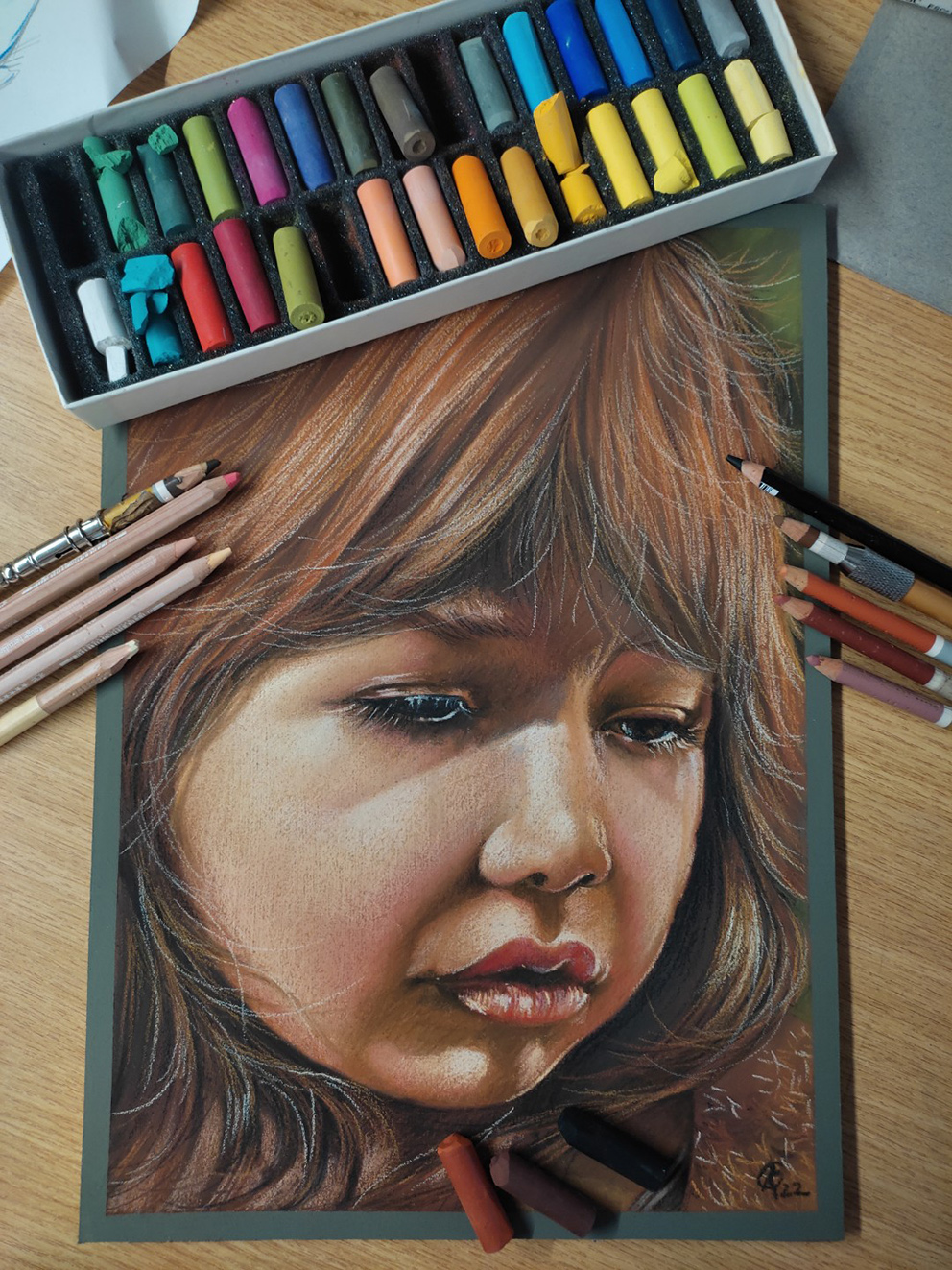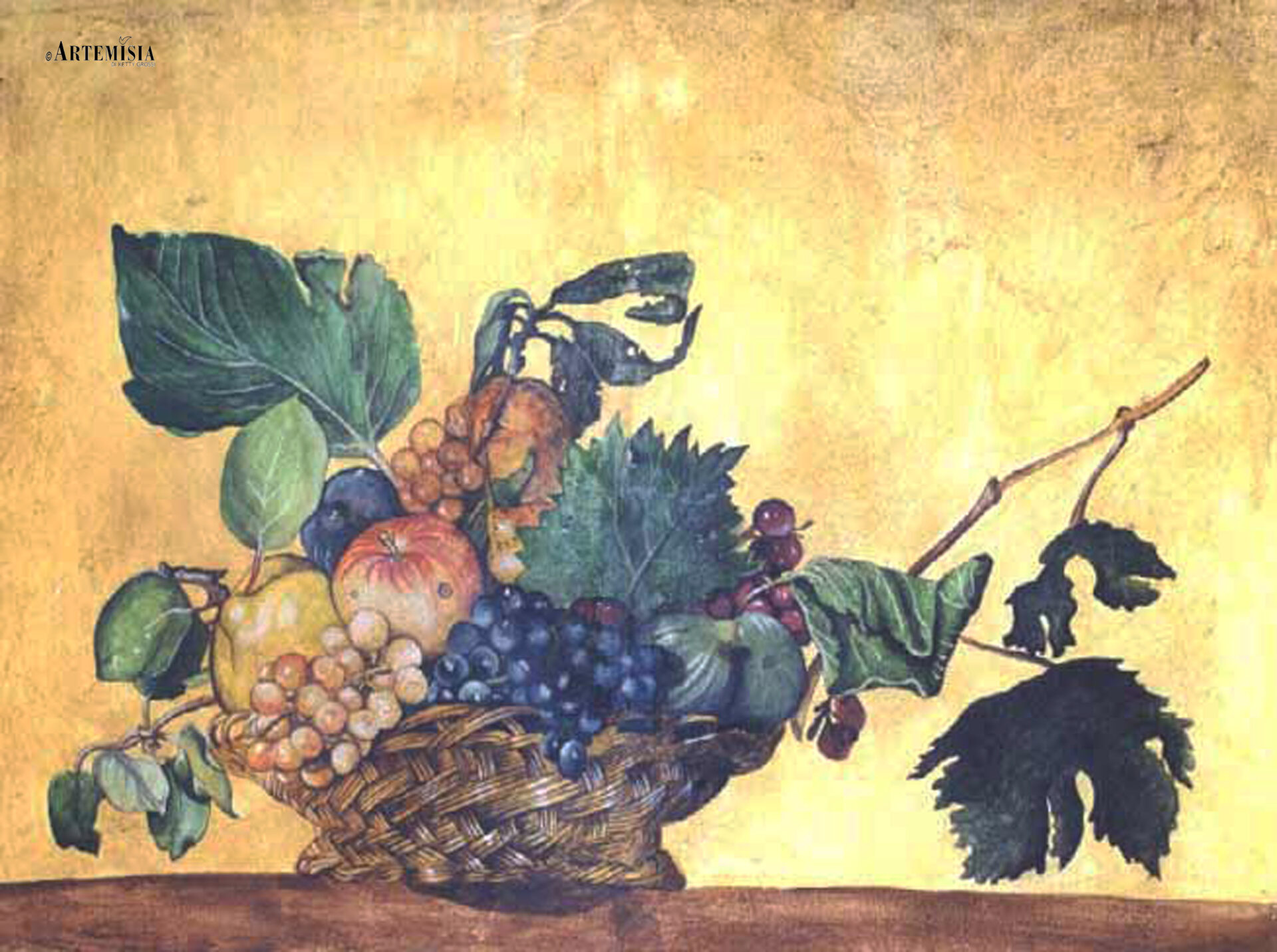“There are painters who transform the sun into a yellow spot, but there are others who, with the help of their art and intelligence, transform a yellow spot in the sun.” (P.Picasso)
Painting means giving shape to a concept, either concrete or abstract, through the use of colored pigments mixed with different binders, which give life to different painting techniques.
In oil painting, the pigment is bound to siccative oils, a technique in use since ancient times, but which has spread in an extraordinary way since the fifteenth century. Easily transportable, it can have a very long life if treated properly.
The art of soft pastels is a dry technique, which means that no thinners or water are added and the pigment maintains its original purity. The color is therefore very pure and bright. This art has been known since the middle of the 15th century but has only been widespread since the 18th century. In order to ensure greater adhesion of the colored powders to the paper, a fixative can be vaporized on the painting which, however, diminishes the liveliness of the colors. A pastel design can be properly stored under glass to protect it from humidity and dust.
In acrylic painting, a technique born in relatively recent times, the pigments are mixed with acrylic resins, which allows for rapid drying and indissolubility once dry.


